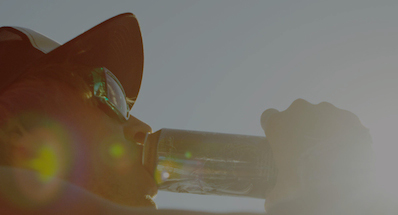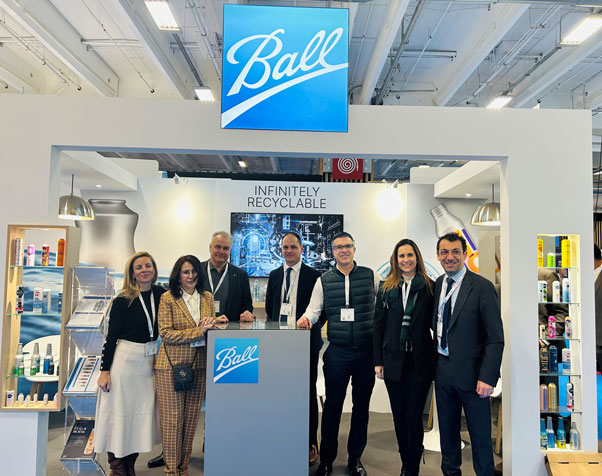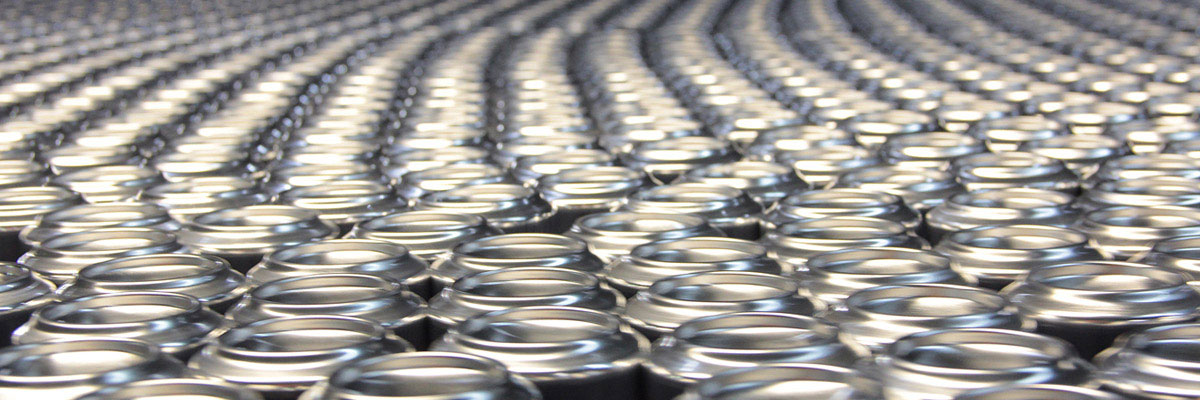
Ball manufactures billions of aluminum packaging solutions each year. While the products are very different, we aim to be the best stewards throughout their life cycle. From research and development through product design, manufacturing and end-of-life, we ensure that our products create value for our stakeholders while minimizing environmental and social impacts. Sustainable products and innovations are what our customers seek from their supply chain.
Real Circularity can help solve the global packaging pollution crisis
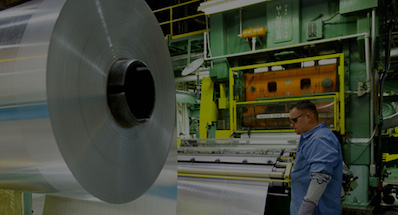
Responsible Sourcing
Building a sustainable supply chain through collaborative relationships with our suppliers.
Why We Need a New Circular Packaging System
In the last few years the world has seen a renewed concern with the undeniable fact that litter from packaging with limited recyclability is harming the planet. This has led to an urgent public debate about how to find sustainable packaging alternatives that move us towards a circular economy – one in which materials are not just used and thrown away, but are reused or recycled endlessly.
What is Real Circularity?
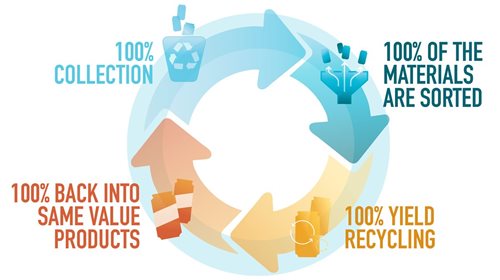
At its purest, real circularity involves the continuous recovery and reuse of materials, with nothing lost during the process. In terms of recycling, this means that all materials are properly collected and sorted, then each part of each product is separated out and fully recycled with minimum material loss, to become part of a product of similar value. This is “real recycling,” where materials are kept in the loop at their highest value and function, rather than being subject to high losses and “downcycling” into products of lower value
To achieve full circularity, packaging must be designed from the outset to ensure that all of its elements can be 100% recycled or reused cost effectively. There also must be a well-functioning collection infrastructure that ensures the flow of high-quality materials instead of a cheap process that leads to downcycling. The collection infrastructure needs to reach beyond the home, providing opportunities for people to recycle in the places where they work and go about their leisure.
Key Imperatives for a truly circular packaging system.
Extended Producer Responsibility
- Producers are responsible for the cost of take-back, recycling and final disposal of their products
- Products are designed for easy sorting and recyclingVisit our Real Circularity Hub to Learn More!
- Different products attract variable fees and taxes depending on their recyclability (known as eco-modulation)
100% Collection
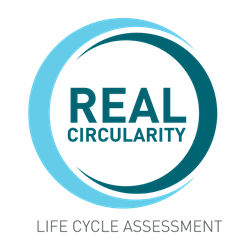
- Packaging collection should cover on the go locations, as well as at home.
- Modern technology-enabled deposit return systems , which are more convenient for consumers
- Treatment of municipal waste before landfill or incineration uses latest recovery technologies for high-value materials
Recycling Processes that Really Work
- Reduced complexity of packaging design so that all parts of a product are easily separated and cost effectively recycled
- Minimal material losses during the recycling process
- Use of materials that do not lose value and properties through many recycling cycles

